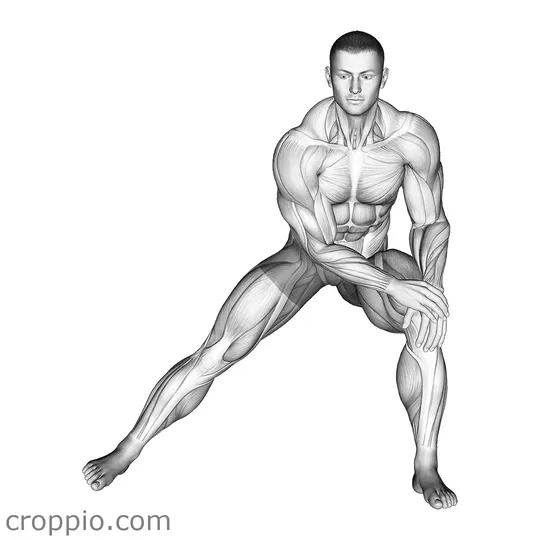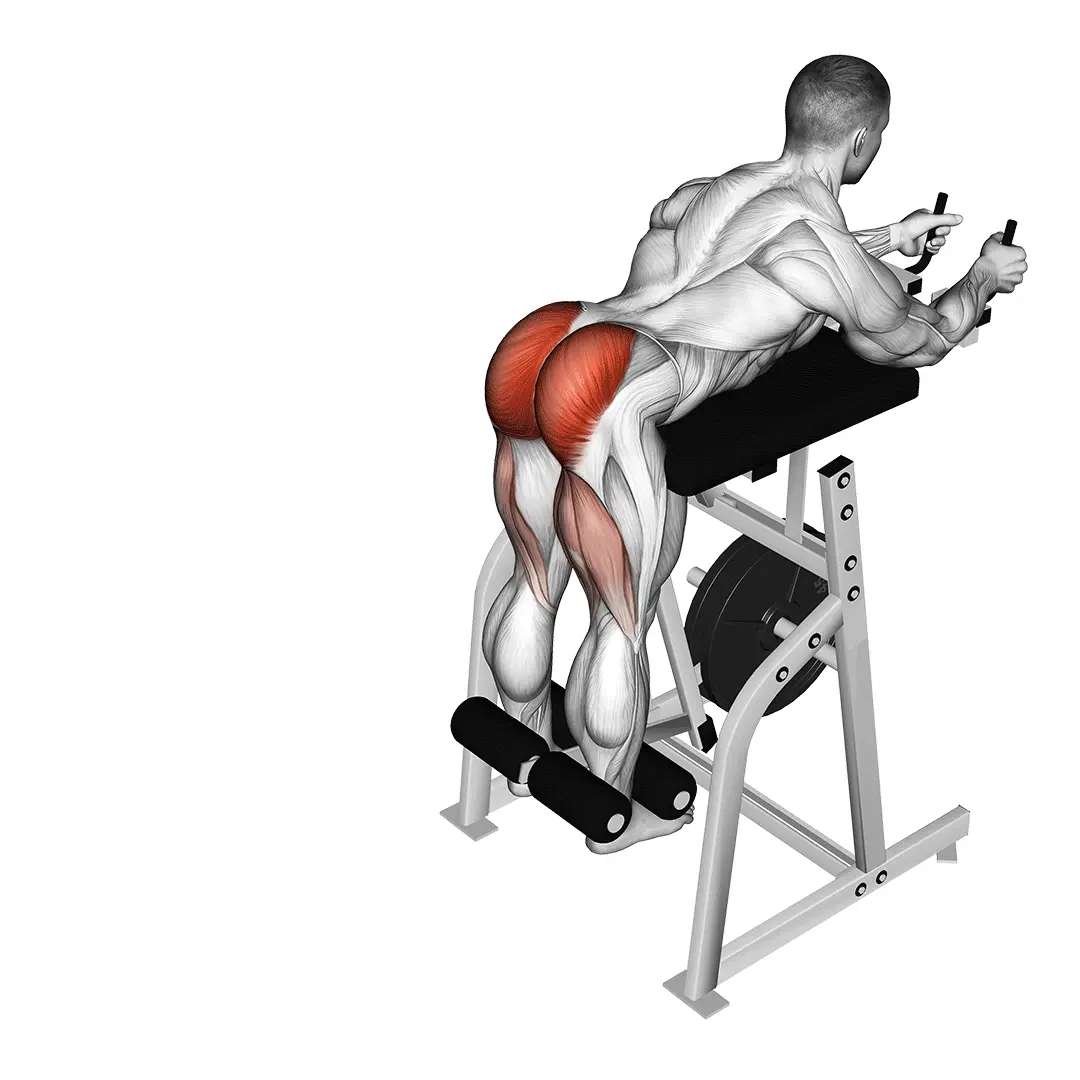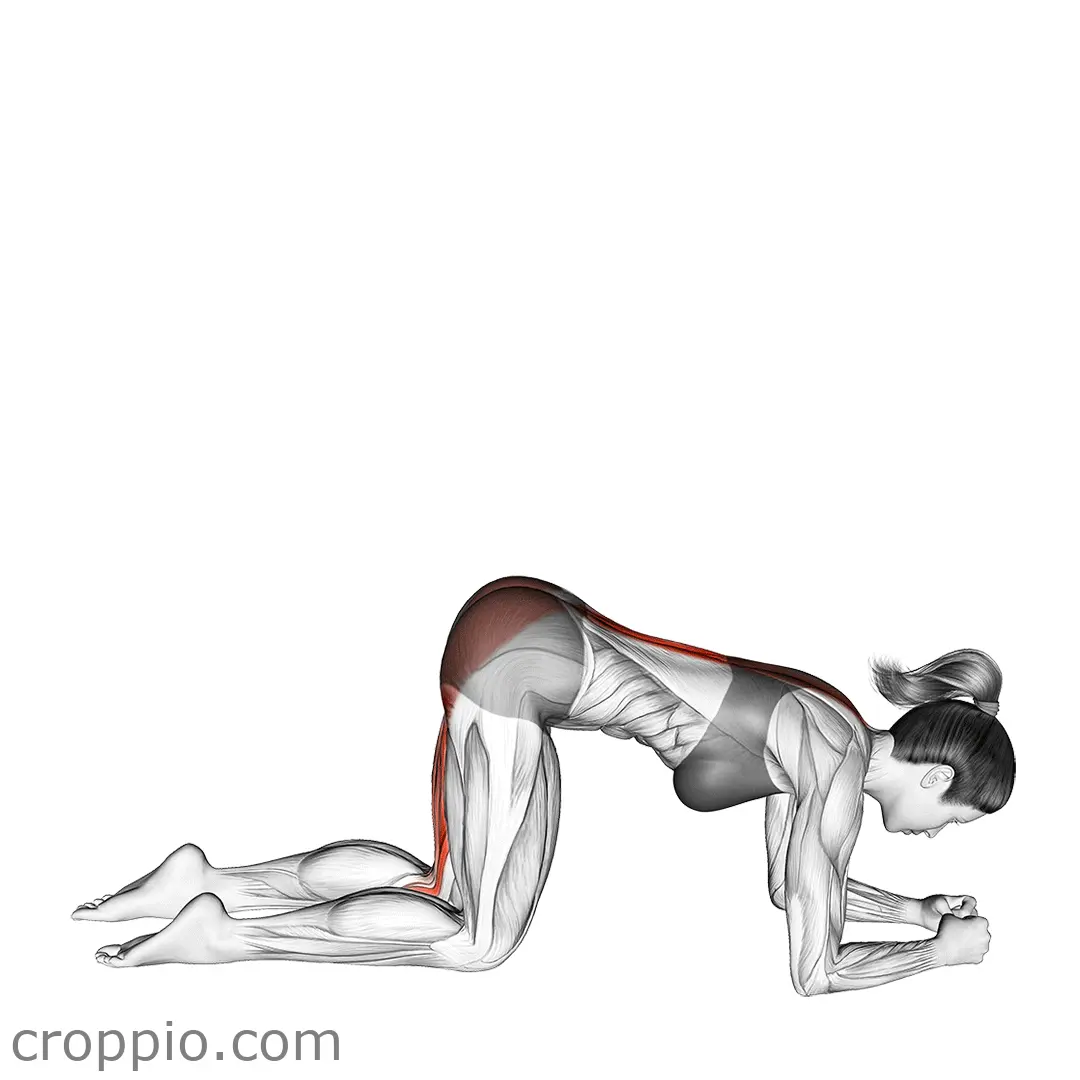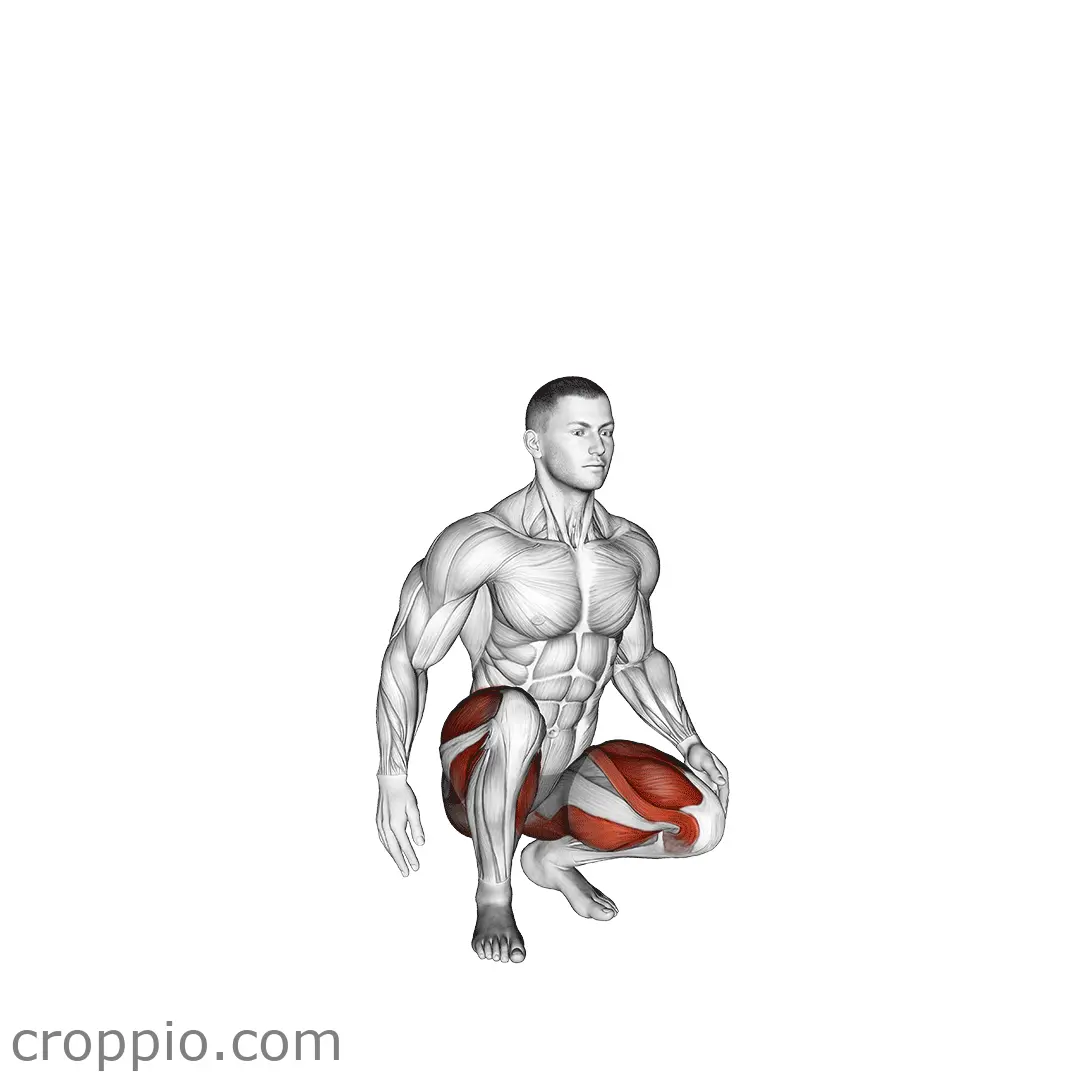Side Lunge Stretch

Muscles Involved
The side lunge stretch primarily targets the adductor muscles, which are located on the inner thigh. These muscles play a vital role in lateral movement and stability. Additionally, this exercise engages the quadriceps, hamstrings, and glutes, providing a well-rounded muscle stretch. The secondary muscles involved include the calves and hip flexors, contributing to overall lower body flexibility and strength.
Top Mistakes
- Incorrect Knee Alignment: Allowing the knee to collapse inward rather than tracking over the toes can lead to strain and injury.
- Overextending the Stretch: Bending too deeply can cause discomfort or injury, particularly in the groin area.
- Not Engaging Core Muscles: Failing to engage your core can lead to poor stability and alignment during the movement.
Execution Tips
- Warm Up: Always start with a proper warm-up to prepare your muscles for stretching and reduce the risk of injury.
- Maintain a Straight Back: Keep your spine aligned and avoid rounding your back as you lunge to enhance flexibility and reduce strain.
- Keep Your Weight on Your Heels: As you lunge, push your hips back and focus on placing your weight on your heels, which helps stabilize your movement.
- Hold the Stretch: Maintain the position for 15 to 30 seconds to fully benefit from the stretch.
Workouts
The side lunge stretch can be seamlessly integrated into a workout routine. It can be performed as part of a warm-up to enhance lower body flexibility or as a cool-down to aid recovery. Typically, execute 2 to 3 sets of 5 to 10 side lunges on each side, maintaining the stretched position for 15 to 30 seconds each time. Complementary exercises include dynamic leg swings, hamstring stretches, and quadricep stretches to optimize flexibility and mobility.
Conclusion
The side lunge stretch serves as a fundamental exercise for improving lower body flexibility and strength. By actively engaging the adductors and other surrounding muscles, it enhances overall athletic performance and functional movement. Consistent practice will not only alleviate tension in the hips but also promote greater range of motion, making it an essential addition to any fitness regimen.



